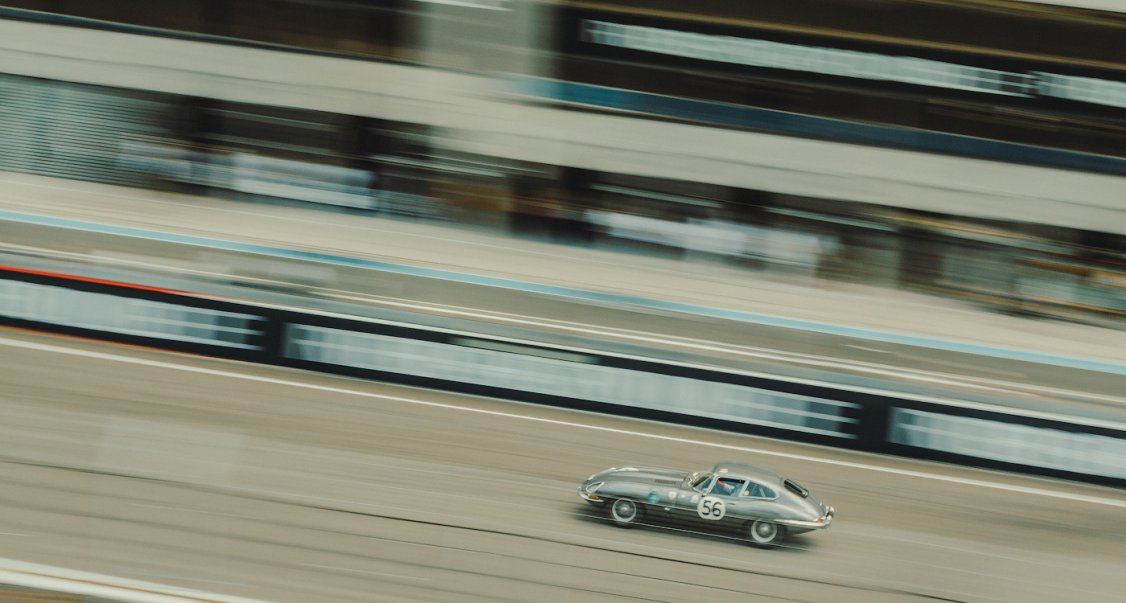

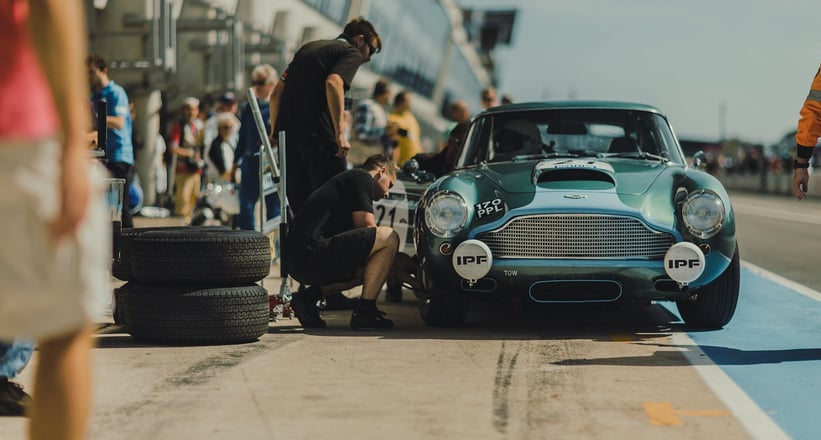
There are few greater thrills for a racing driver than contesting Le Mans by night – and the same can be said for those spectating. Standing on a heaving raised bank deep in the forest at Arnage or Mulsanne corner, you hear and feel the braying packs of cars long before you can see them. The loudening rumble rolls across the forest and through the ground, up through your body and deep into your soul, instantly sending every fibre of your being into sensory overload. Just what is it about blinding headlights, glowing-hot brake discs and a lick of flame that makes watching racing in the dark so mesmerising?
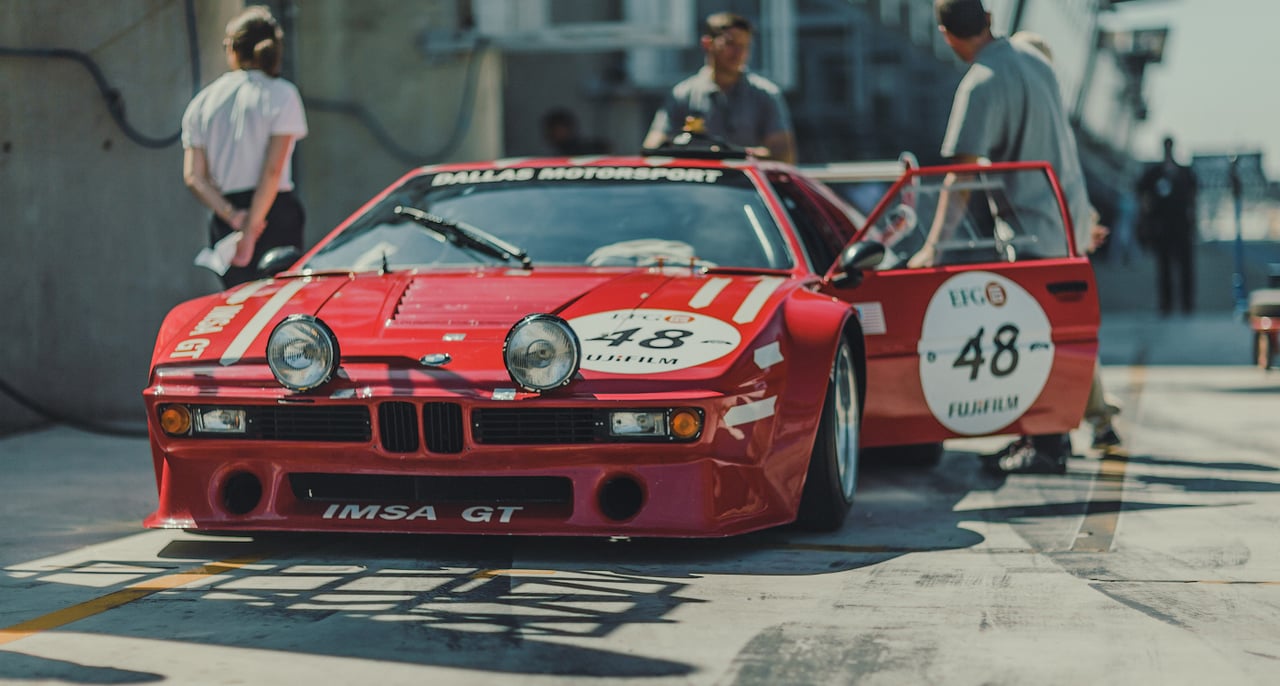
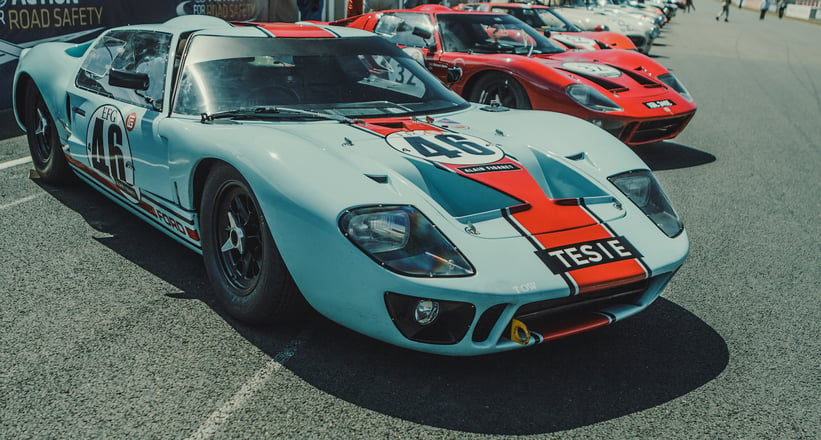
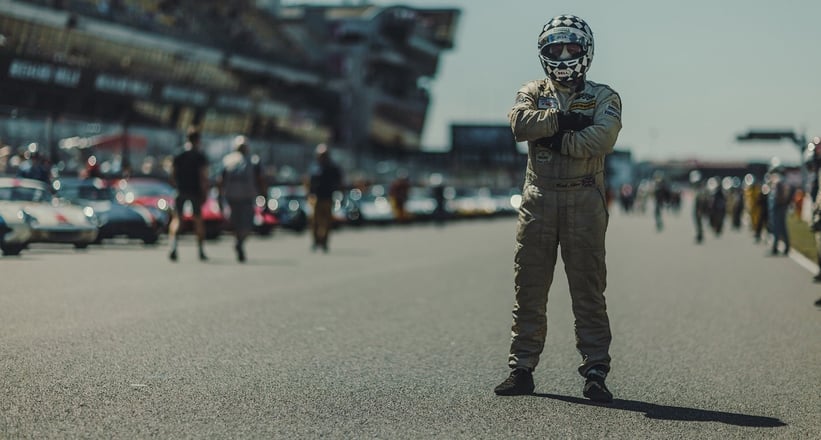
Though the early pre- and post-War grids are entertaining, the visceral feast of sight and sound of the later plateaus are really etched into the memory. Choosing favourites from the six grids is a bit like choosing which leg you prefer. Spanning 80 years, the entry list comprised almost every iconic sports-racing car, from Blower Bentley and C- and D-type Jaguar, to Porsche 917 and BMW M1 Procar. It’s a fabulous spread, which charged the emotions of all those spectators who recall seeing them in period (and of those too young to remember).
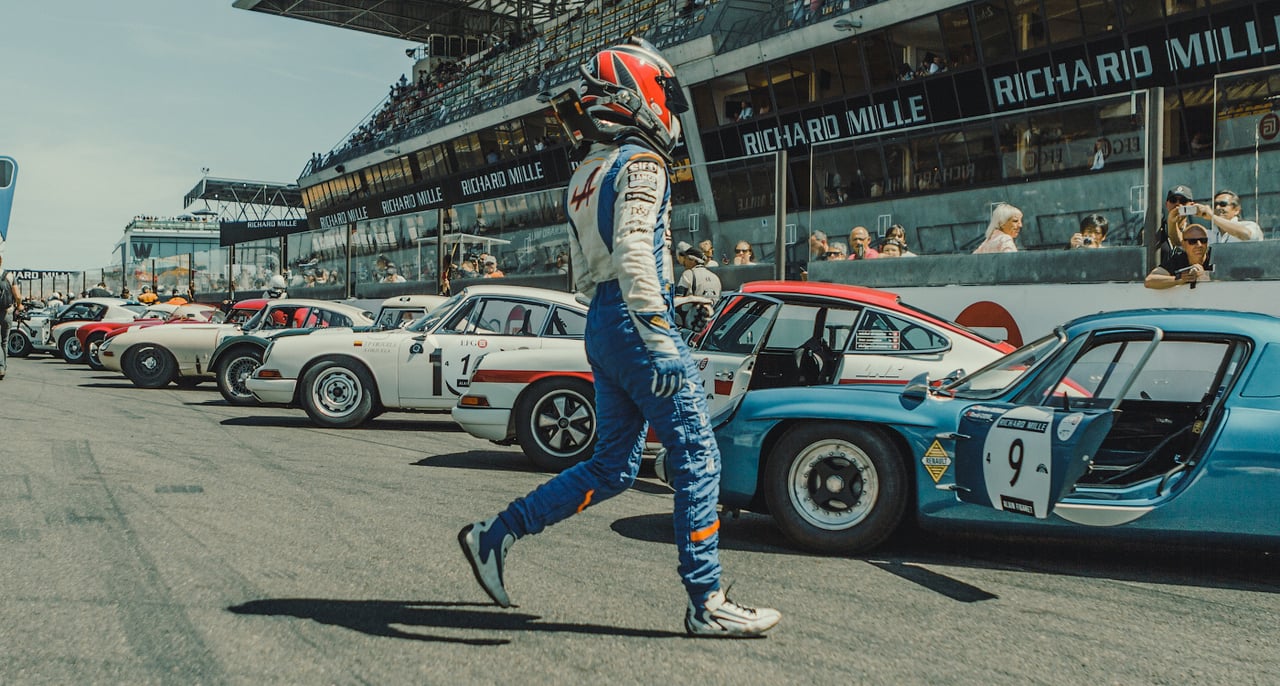
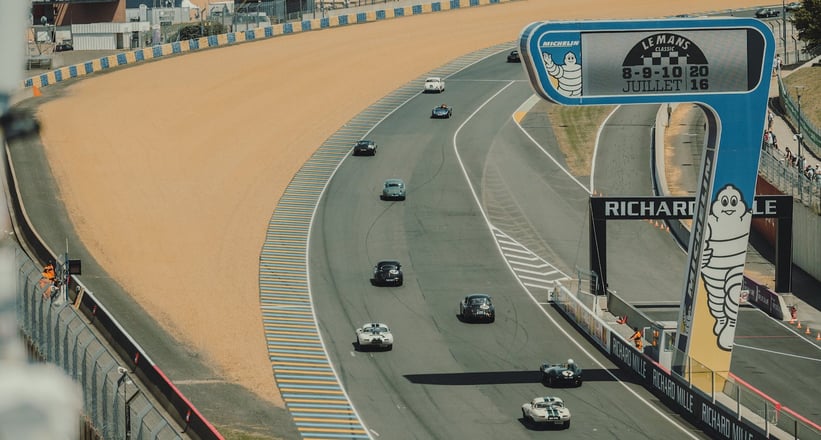
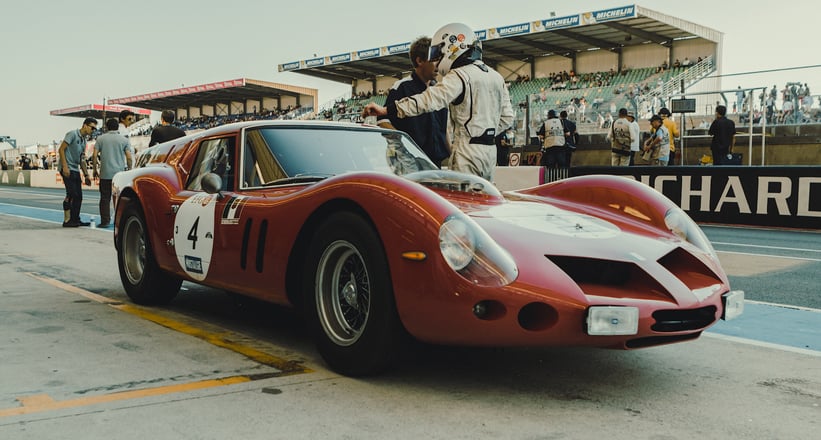
Trying to keep track of the races themselves proved tricky, despite the excited Frenchmen on the tannoy’s best efforts – the poor English commentator didn’t really get a look in. From chatting to various drivers, however, we got the impression that the competition was of little importance. They were simply revelling in the chance to race on this special, history-steeped circuit.
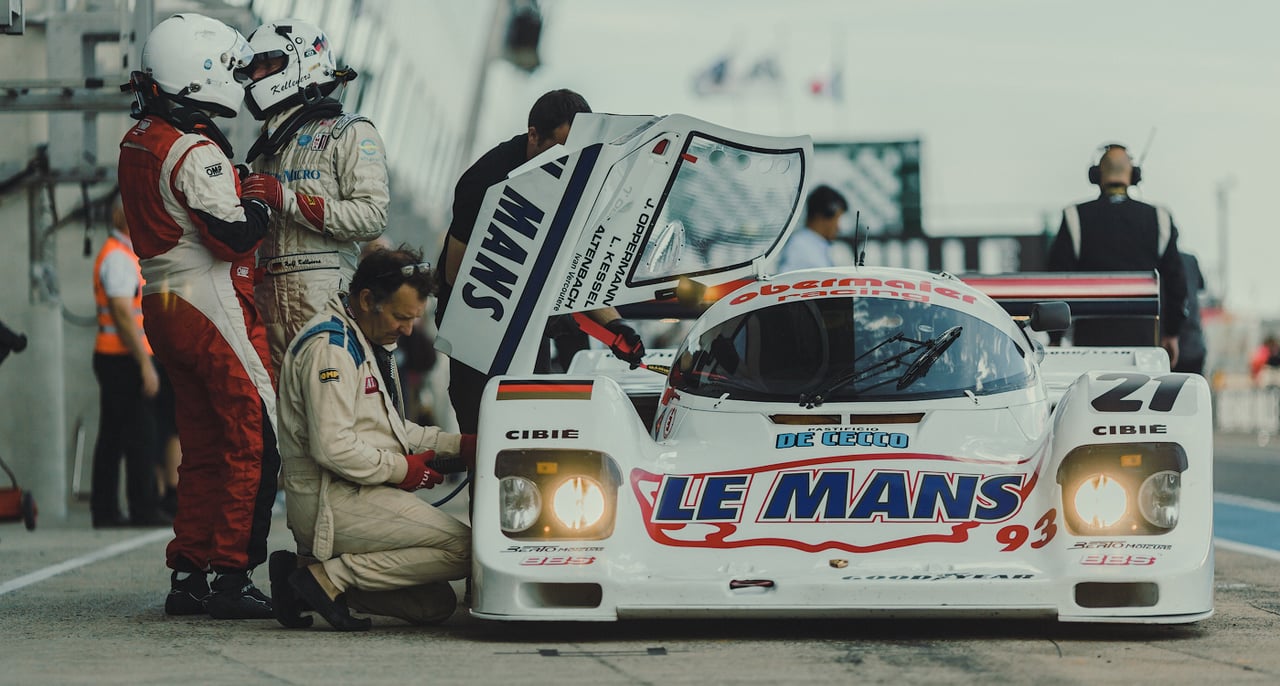

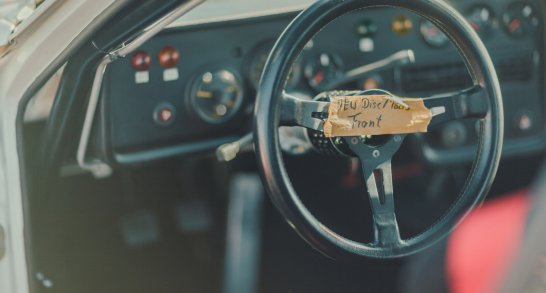
The inclusion of Group C racing for the first time – a genre in which we recently delved a little deeper – was a real treat, the harem of wedge-shaped beasts in their multitude of memorable liveries proving one of the most spectacular sights of the weekend. And the racing was fraught elsewhere, too. In the third race for Plateau 5, Carlos Monteverde, Gary Pearson and Andrew Smith skilfully dispatched some 30 competitors in their Porsche 917K to claim 18th overall, after technical difficulties saw them start the race well down the grid.
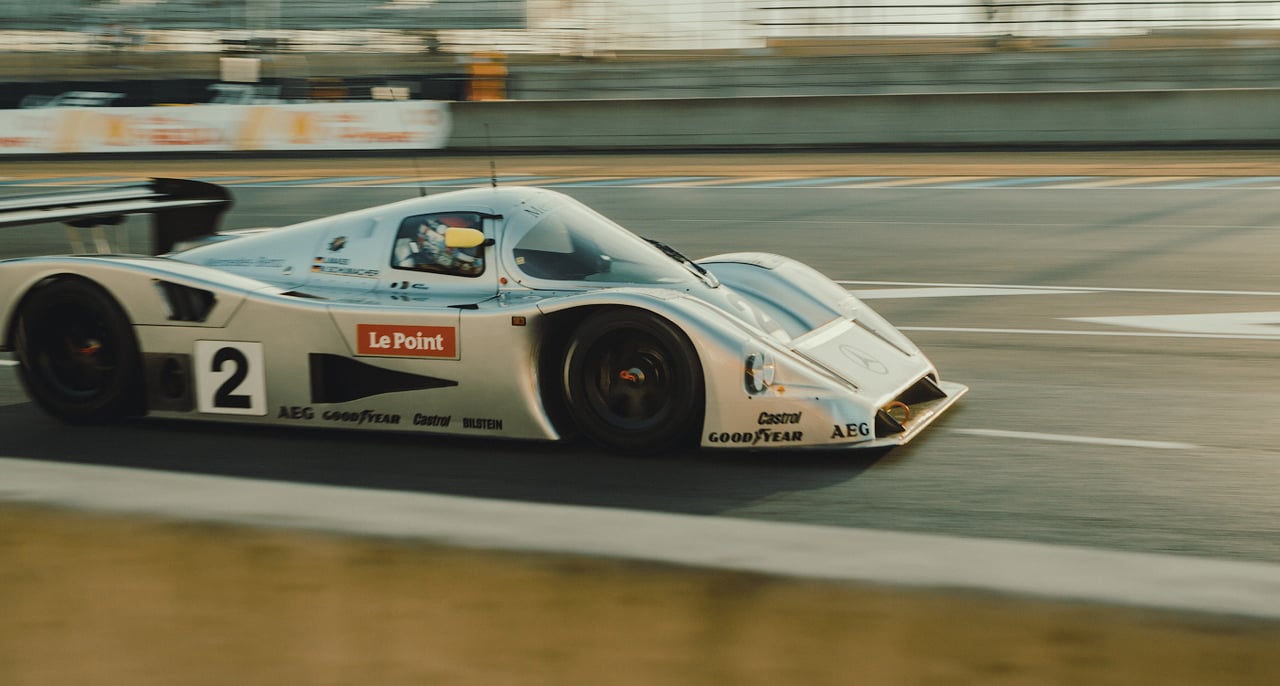

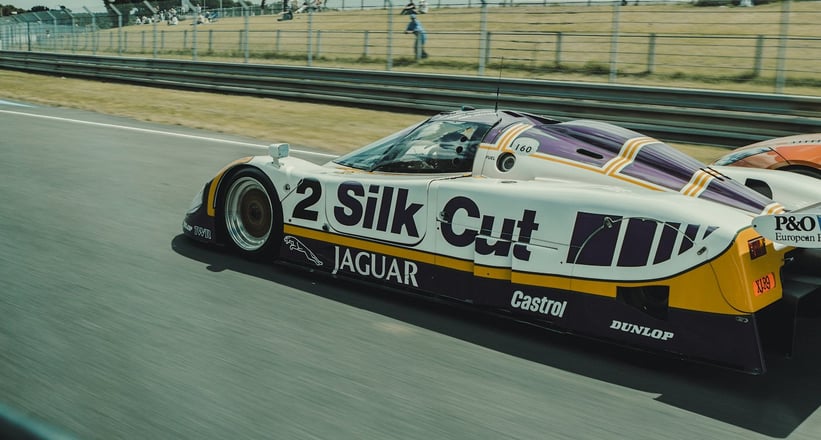
If the roster of cars formed the supporting cast, the Circuit de la Sarthe itself proudly played the leading role. It’s only when you take to the track yourself, either on a parade lap or in the public session on the eve of the event, that the challenge becomes apparent. Visibility is hindered to the point of blindness, as you barrel into the funnelling inky darkness of the forest canopy. During an (extremely) fast passenger lap of the circuit in a Jaguar F-type SVR in the dead of night, along with a (more sedate) daytime lap in its XJ13 ancestor, we began to understand the physical and mental intensity of racing there, be it in a contemporary or historic car.
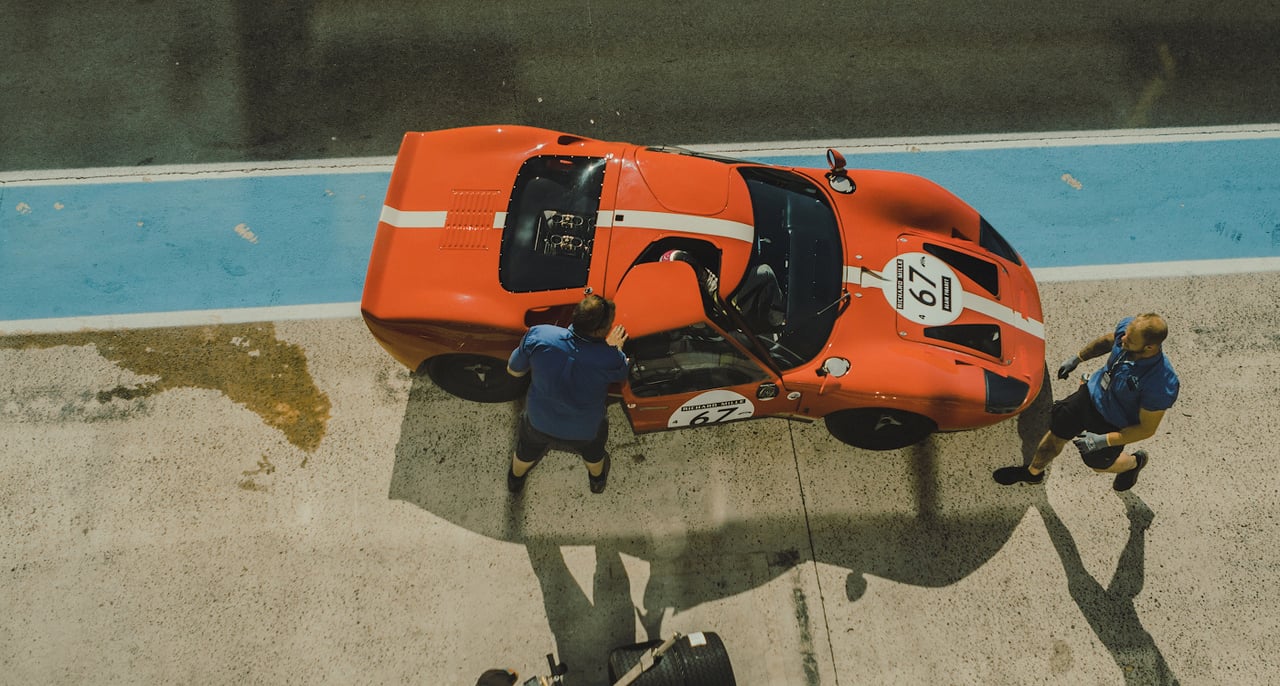
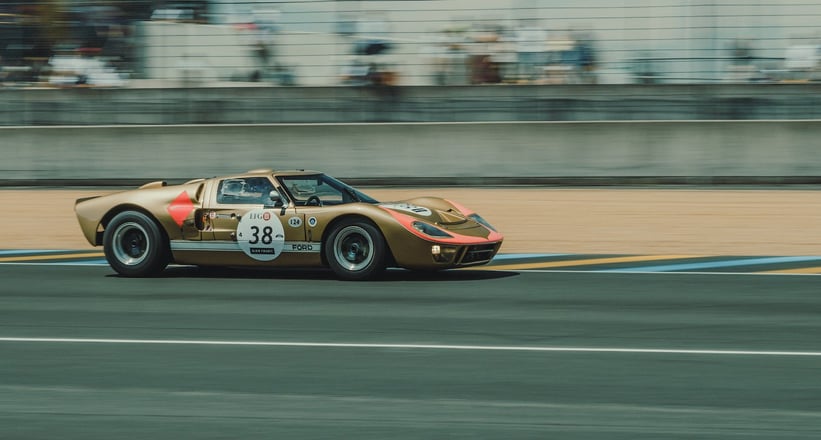

Its magnitude, undulation and length make it the ultimate test for both man and machine. In fact, we can scarcely believe that some of the cars competing were able to run for 24 hours consecutively in period, such is the ferocity of the braking zones and the agonising length of the straights. We imagine this makes it doubly rewarding when a rhythm is found, though, and for a car and driver to win at Le Mans must be rewarding beyond measure.

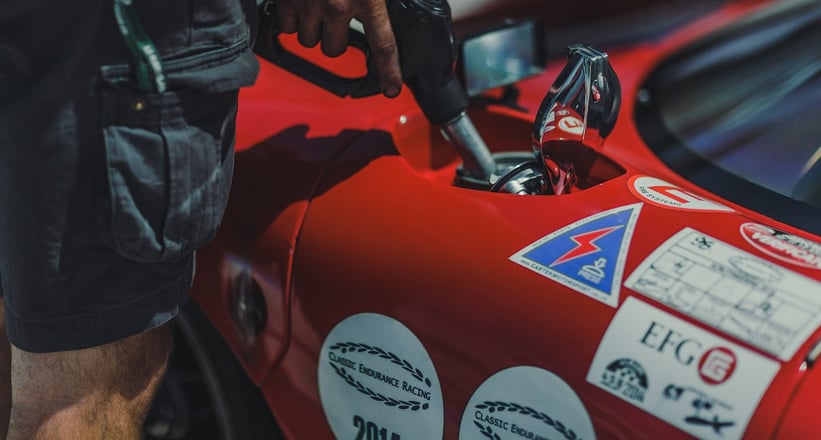

Le Mans is a truly magical setting where, even in the sleepy surrounding towns and villages, the history and heritage of the place is tangible – helped immeasurably by the thousands of classic cars, of literally every shape, size and value, littering the roads. At very few other events was the enthusiasm for historic motorsport as palpable, as a staggering 123,000 visitors from across Europe (and beyond) descended on the region for three days of superb motorsport – a new record for the event.
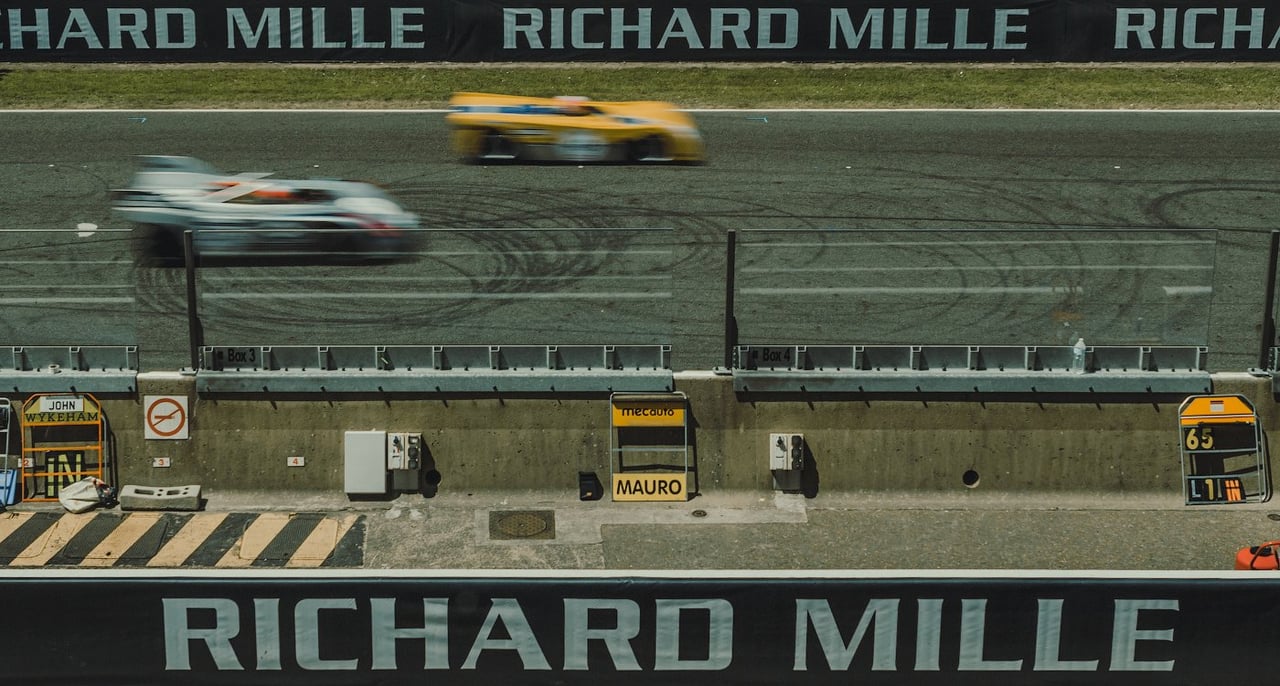
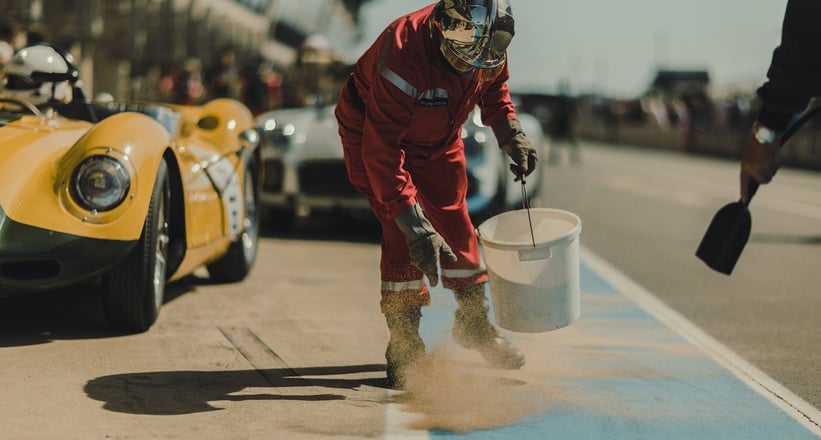
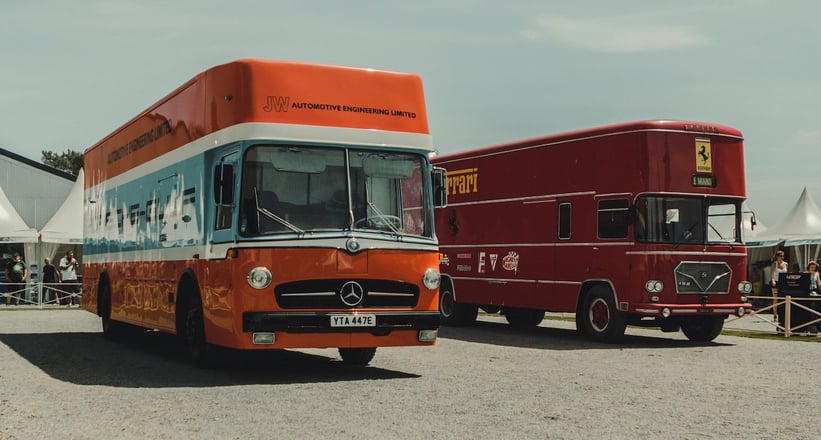
The Classic’s distinctly French character, too, is one that only enhances its appeal. Take the paddocks, for example. Where else is the threat of death by priceless racing car so apparent, as Gendarmes with whistles astride vintage BMW motorcycles part the sea of crowds to allow cars travelling at serious speeds through to the assembly area? If your heels weren’t nibbled by a low-flying splitter, there was plenty to be captivated away in terms of static displays, including a superb exhibition of iconic racing transporters and, of course, countless car clubs proudly displaying their cars.
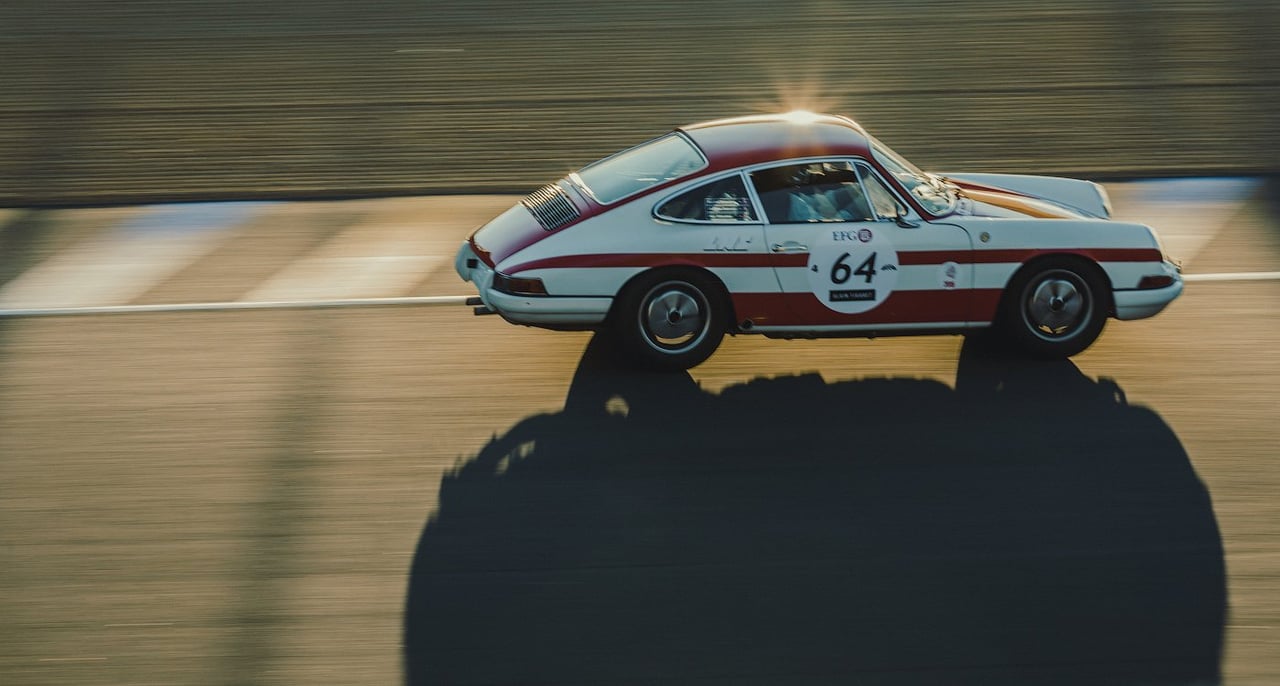
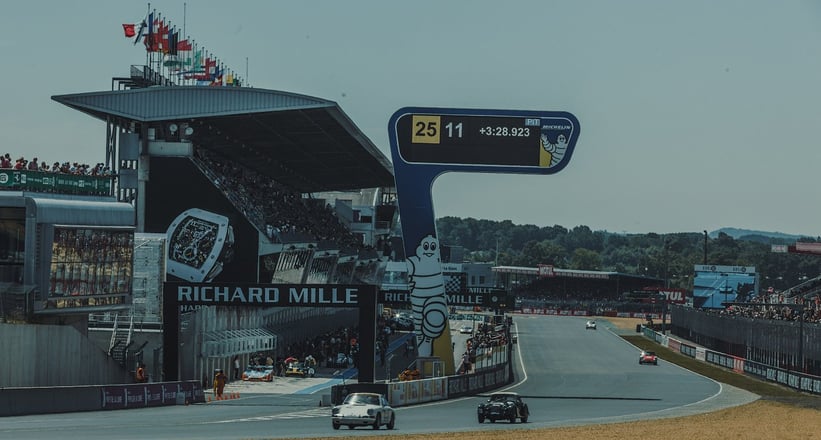

When the final race ended on Sunday afternoon and the air fell eerily quiet, we couldn’t help feeling a tinge of sadness, particularly with the achingly long two-year wait until the next event. That said, the countless memorable moments and their accompanying sounds and smells will be engrained in our memories for a long time to come, and should tide us over nicely until 2018.
Photos: Peter Aylward for Classic Driver © 2016









































































































